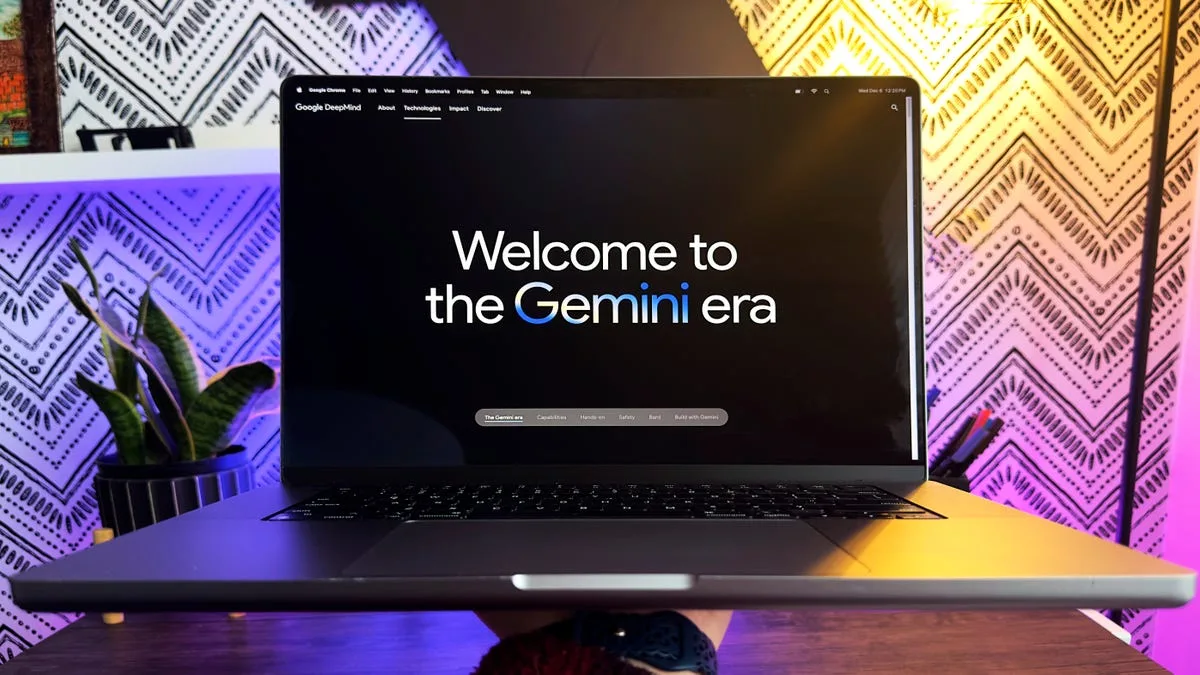BY Preston ForeNovember 07, 2023, 10:17 PM
There is talk all around about how AI may change the world.
For many, these effects are less notable on a day-to-day basis. But in the education space, the future is already here—and growing fast.
Code.org is no different. AI’s surge in popularity, access, and capability is causing the education nonprofit to completely reassess how and what to teach students, according to the company’s founder and CEO, Hadi Partovi.
“For Code.org, the last year has been a year of basically rapid change because for us, this isn’t just one thing that we’re going to do differently,” he tells Fortune. “We’re in many ways reinventing the company around AI, both in terms of what we teach students and how we teach.”
The platform has—and continues to be—heavily focused on building foundational computer science skills, especially among women and underrepresented groups. However, AI is becoming increasingly integrated. Partovi says learning about it is more important than ever. In fact, he says it is going to give students “superpowers” to be fast and better coders.
Computer science > math?
Partovi founded Code.org with the vision that every student and every school should have the opportunity to learn computer science—a mission that remains the same a decade later.
Today, the nonprofit boasts of having more than 80 million student and 2 million teacher users.
In fact, he says learning about computer science, which under his classification includes coding and AI, remains the most important thing any student can learn moving forward. Without it, he says, individuals will have a much harder time finding jobs as roles become both more digital and technical.
“After basic reading and writing, there’s nothing that’s going to be more important than computer science,” he says. “It’s going to be more important than math for a graduate in the 2030s.”
Computer and information research scientist jobs are growing at a rate of 23%—much faster than the national average, according to the U.S. Bureau of Labor Statistics. And while there are a number of careers associated with computers, median salaries are in the six-figure range.
Digital skills like computer science, computational thinking, robotics, cybersecurity—as well as AI—should be part of a foundational liberal arts education, he adds.
“This is not a new message for us, but it’s a message that especially resonates in an age of AI because the rise of generative AI tools has really shown that education can’t afford to just remain the same,” Partovi notes.
Look no further for Code.org’s investment in teaching AI than its annual Hour of Code. The one-hour introduction seeks to increase awareness and decrease stigmas associated with computer science—proving that anyone can learn about the subject matter. This year’s theme is “Creativity with AI” and will encourage students to engage in activities such as on generative AI and responsible use.
Partners range from leaders in business like Tim Cook and Bill Gates; sports like Serena Williams and Neymar Jr.; as well as politics such as Barack Obama and Justin Trudeau—all to promote digital literacy.
Over the years, the Hour of Code has reached over 100 million students around the world. It is set to official kick off this year during Computer Science Education Week, beginning December 3.
Leading tech education policy
Beyond online learning, Code.org and its leaders are also playing major roles in shaping the future of AI in education.
According to Partovi, the nonprofit has aided in over 300 policies or bills in the U.S. regarding the promotion of computer science, and globally, Code.org has helped 70 countries with their plans for computer science learning development.
“Code.org doesn’t just make courses for students and for classrooms. We have a pretty significant voice globally on the policy front,” he says—adding that educators know and trust the organization for technical understanding.
Earlier this year, in conjunction with Khan Academy, the World Economic Forum, and others, Code.org launched TeachAI—a community of education and technology experts working together to help educators understand AI and how to best teach students about it.
The group recently released an AI Guidance for Schools Toolkit, a resource for educators, school leaders, and policymakers as the technology is integrated into the classroom. It lays out seven core principles to consider when creating AI policy: purpose, compliance, knowledge, balance, integrity, agency, and evaluation.
Partovi the goal of the group and the toolkit is to help develop concrete, useful policy that is not just designed to make people “feel good.”
“It’s clear that we should be teaching writing with AI, not just writing the old-fashioned way. We should be teaching coding with AI, not just coding the old-fashioned way, and those are about policy changes that need to be done globally,” Partovi says.
But he also admits that without increased emphasis on computer science training, AI will only increase the digital divide since he says the tech won’t help a non-technical person be able to code; they still will need the skills to read code, look for bugs, and ensure its effectiveness.
Code.org has also developed further resources with its partnerships, such as AI 101 for Teachers—a video series with the goal of providing more information about—and demystifying—AI in the classroom.







